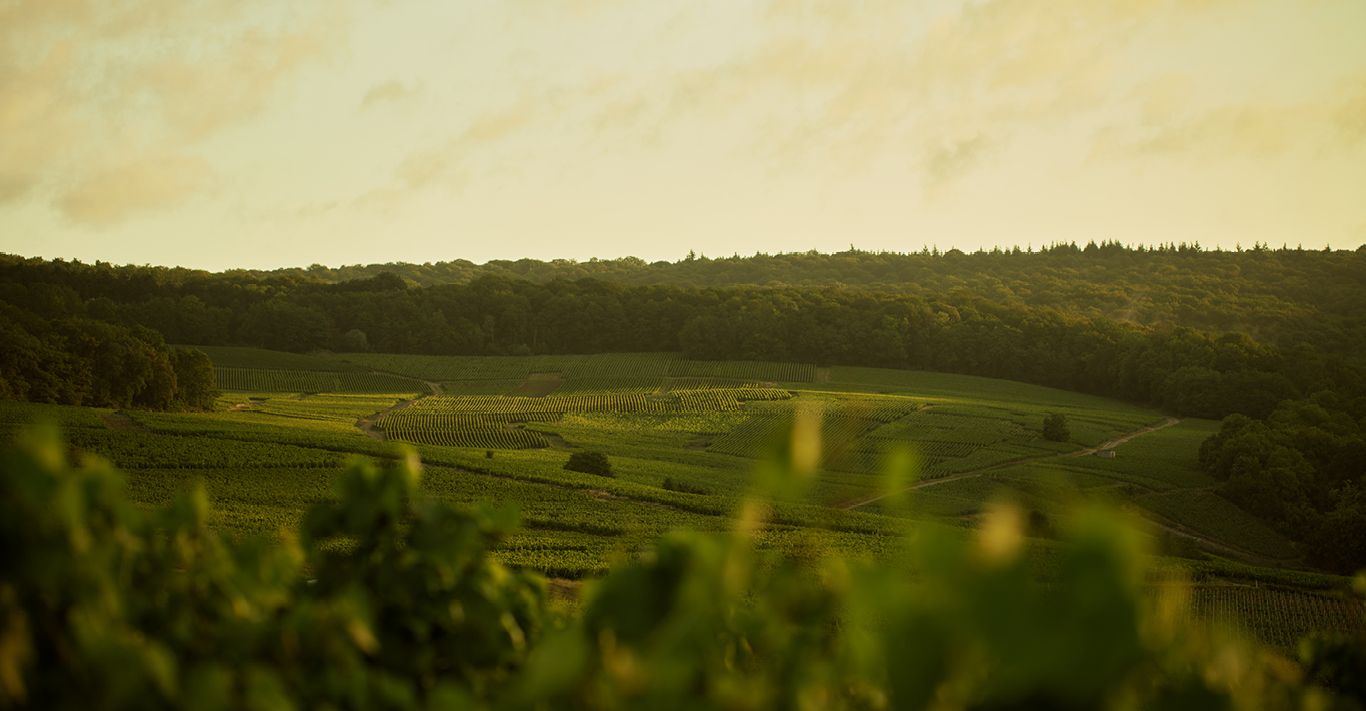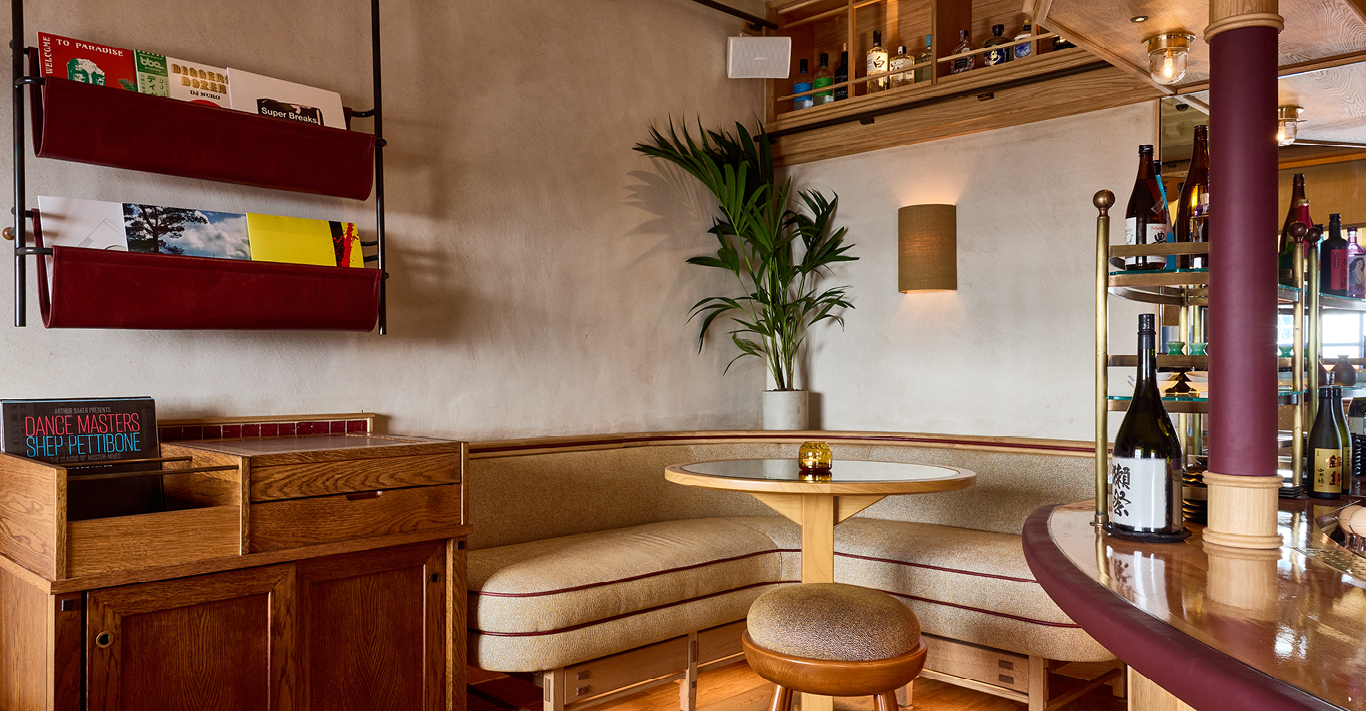WORDS
Chris Madigan
Normally, one can assume that a champagne is one thing or the other, particularly when it comes to whether it’s vintage (wine from one harvest only) or a non-vintage cuvée blended from different years of production. The latter achieves a consistency of style, so the bottle you open for your birthday this year tastes the same as the one you cracked back when ‘…er, 39?’ wasn’t a lie. The vintage is a one-off, capturing a year’s weather conditions in a bottle (as long as they helped the wine) and holding it back for a minimum of three years, so that it becomes a time capsule.
There is, however, a third way (as used to be fashionable before the age of polarised politics). Champagne Lallier’s annual Réflexions releases are intriguing hybrids of vintage and non-vintage (N/V). Each one is very much dominated by the character of the year’s harvest – blended with wine from previous years to ensure the balance between ‘purity, freshness, intensity and depth’ that cellar master Dominique Demarville describes as the house style of the maison from Aÿ in the heart of Champagne. They are then aged for three years, like a vintage champagne. In the latest, R.020 (£55), 81 per cent of the wine is from the 2020 harvest. It has more floral aroma (acacia) than the more citrusy R.019, and its stone-fruit notes are riper.
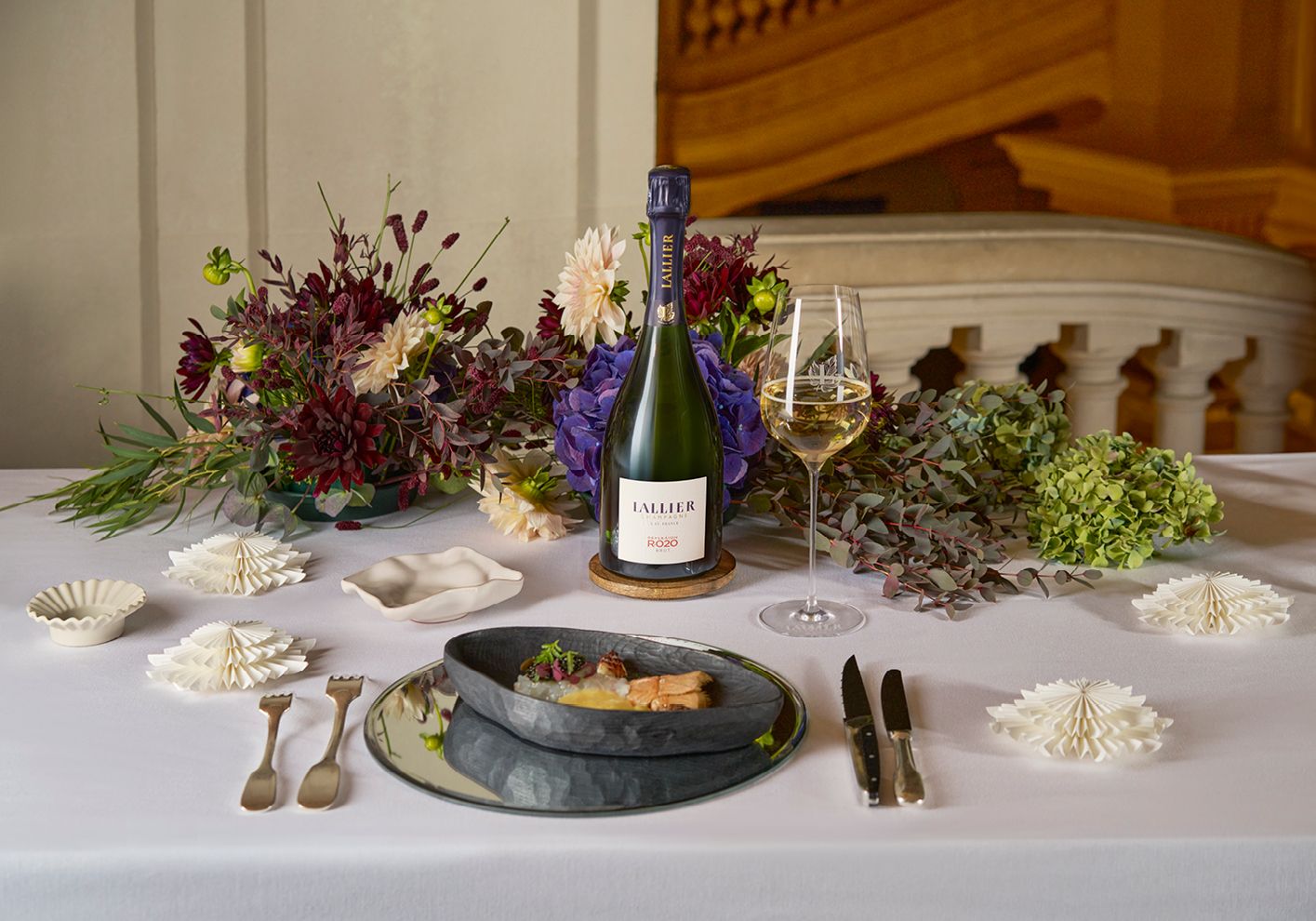
The R.020 is Demarville’s first Refléxion – he joined Lallier when it was acquired by the Campari Group in 2020. But don’t be fooled into thinking this is a winemaker finding his way; he has an incredibly prestigious track record. In 1995, he was, at 31, the youngest ever chef de cave of a grande marque house, Mumm, and he went on to head up the cellars at Veuve Clicquot. Lallier has essentially signed champagne’s Pep Guardiola.
The Refléxions collection is just part of Champagne Lallier’s unusual approach. The maison does not have a “basic” non-vintage brut blending pinots and chardonnay. An N/V blanc de blanc (100 per cent chardonnay), an N/V blanc de noir (100 per cent pinot noir) and a rosé, yes, but after that, the non-vintage cuvées are taken from individual parcels of vines. The vintage millésimes are aged not three years, but seven, before being released.
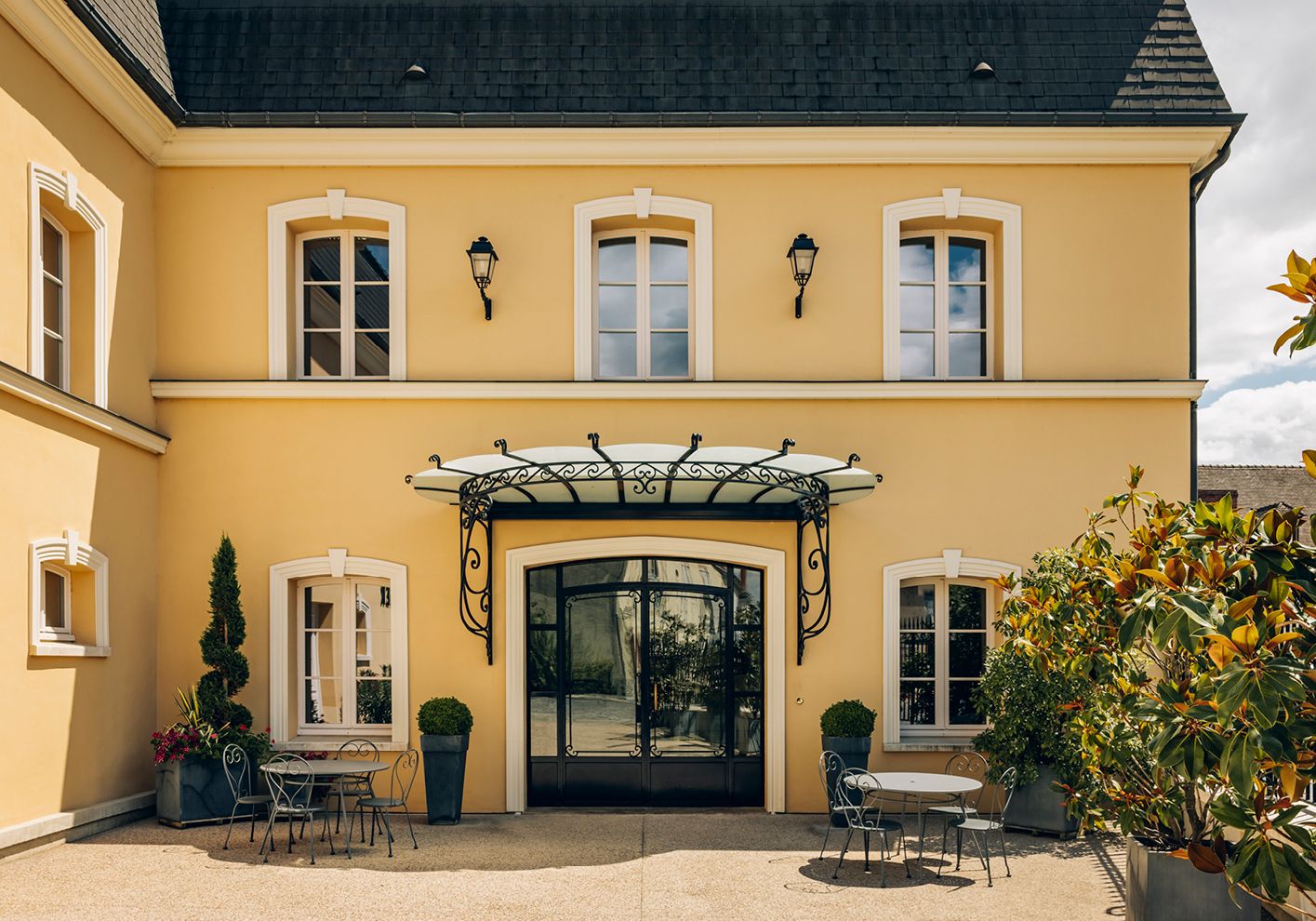
Lallier has two homes, which mirror the duality of production. Its traditional “maison” is in Aÿ, in the Vallée de la Marne, sitting above a warren of cellars, where the bottles age in the old way – some of them riddled (turned) and disgorged by hand. A few kilometres south in Oger, alongside the Côte des Blancs, is a state-of-the-art production facility. Lallier uses this extra space not to permit bigger vats, but for a greater number of smaller stainless-steel vats, as well as oak barrels. What this allows Demarville to do is ferment different parcels individually, providing a broader varietal and terroir to play with, and giving him extra precision when trying to balance those competing characteristics.
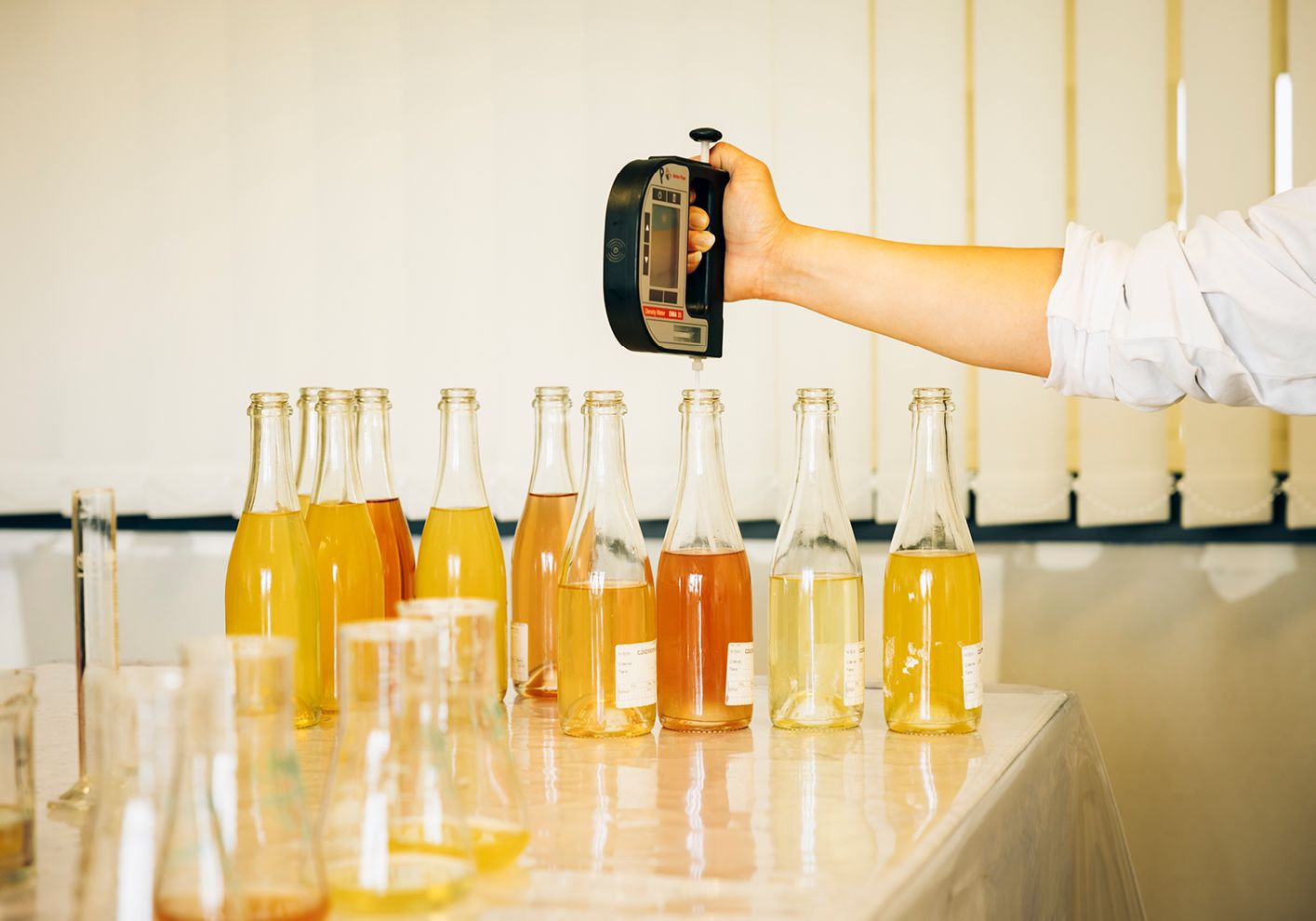
Lallier owns parcels that provide 10 per cent of the grapes it uses – including chardonnay planted in Aÿ, which offers more full-bodied intensity than the more delicate aromatic wine that the grape produces in the Côte des Blancs, as evidenced in the Loridon bottlings from that single parcel. Lallier’s vineyards are HVE 3 certified (the highest level of the French government’s High Environmental Value certification), but it also works with 100 growers. The whole Champagne region is aiming to be HVE-certified by 2030 – Lallier expects its suppliers to comply by 2028. The champagne house was founded in 1906 by René Lallier, whose previous job was to monitor water quality in the Marne valley. So the brand has experience when it comes to getting farmers into environmental shape!


